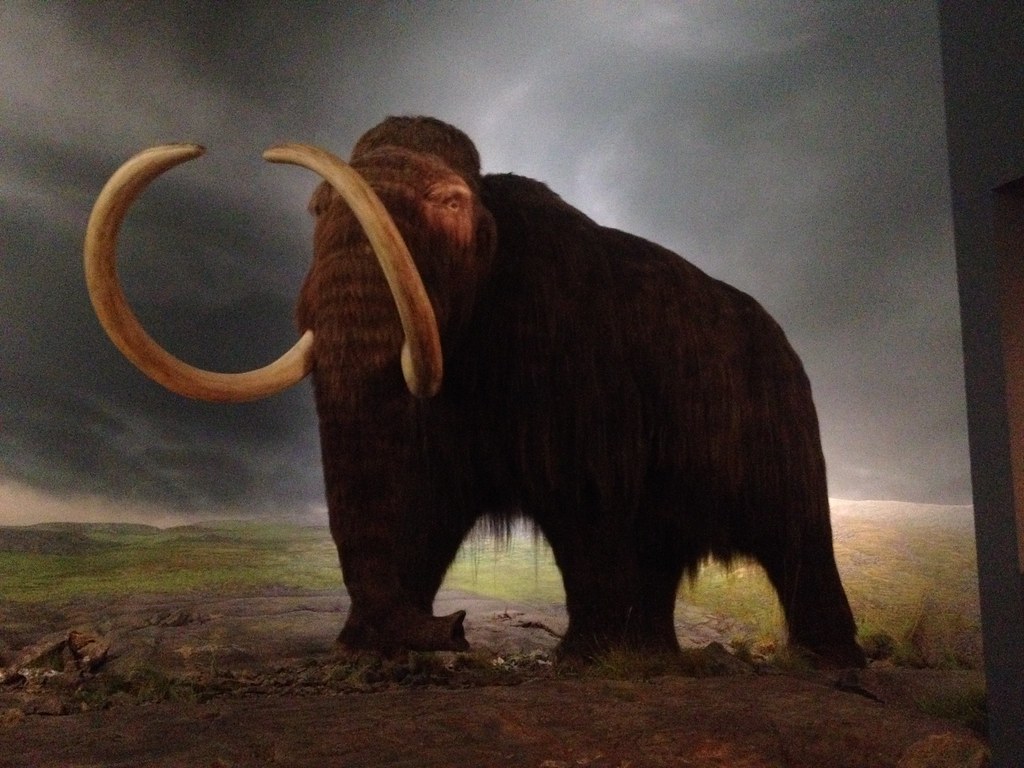In a venture that appears to transcend the boundaries of contemporary scientific pursuit, the Dallas-based biotechnology entity, Colossal, has set forth a mission to resurrect the woolly mammoth from extinction by the year 2027. Bolstered by a substantial $60 million in funding and propelled by a team of scientists working in the realm of gene-editing, Colossal’s ambitious project is eliciting noteworthy attention from both the scientific community and the broader public.
Colossal’s efforts to bring back the woolly mammoth rely on using advanced genetic methods. The company asserts that the woolly mammoth’s DNA aligns to an astonishing degree of 99.6% with that of the Asian elephant, thereby presenting a plausible avenue for resurrection. The process of gene-editing employed by Colossal involves the creation of an embryo of the woolly mammoth, subsequently incubated within an African elephant for gestation. Colossal posits that the African elephant’s considerable size renders it an ideal surrogate for the birthing process. While the path ahead is devoid of challenges and scepticism, Colossal’s scientific contingent remains undeterred.
Colossal’s initiative goes beyond mere spectacle, as they aim to address climate change and rewild the Arctic by resurrecting the woolly mammoth. The plan involves reintroducing the mammoth to its natural habitat as a proactive step to maintain the health of the Arctic ecosystem. Initially targeting Siberia for reintroduction, the company may reassess the location due to evolving geopolitical factors.
As Colossal progresses with its woolly mammoth resurrection project, it gives rise to a series of ethical inquiries. The testing methods for resurrected mammoths and their potential impact on current ecosystems present complex questions that both Colossal and the broader global community must confront.
Colossal’s ambitious endeavour transcends the resurrection of a long-lost species, delving into uncharted territory with broader implications for de-extinction. Initiating conversations on the extent of human intervention in reshaping the natural world, the success of this mammoth resurrection could catalyse further initiatives, prompting contemplation on the ethical boundaries guiding such scientific pursuits.
As Colossal pushes the boundaries of contemporary science, global observers keenly monitor the unfolding narrative with a blend of fascination and scepticism. The mammoth journey has begun, but its conclusion remains uncertain. Will 2027 herald the triumphant resurgence of the woolly mammoth? Regardless, this endeavour marks a pivotal crossroads in humanity’s intricate association with the natural order, carrying profound implications for our ongoing relationship with the environment.
“Woolly Mammoth” by DrBjorn is licensed under CC BY-SA 2.0.

